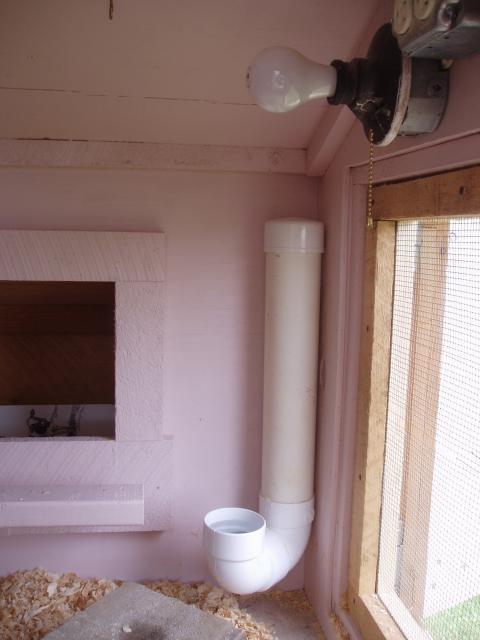The outlets I sell on www.shopthecoop.com offer a 3 year warranty and are extremely high quality. I have not had one returned yet. I also make most products by hand in my Pittsburgh location. THe Nesting Box heater I invented and assemle myself, so they are really nice quality items.
It costs more for things when they are handmade, and use USA products.
Thankyou,
www.shopthecoop.com
It costs more for things when they are handmade, and use USA products.
Thankyou,
www.shopthecoop.com



